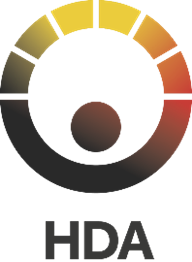A brief overview of some terms relating to data and health
Completion requirements
Browse the glossary using this index
Special | A | B | C | D | E | F | G | H | I | J | K | L | M | N | O | P | Q | R | S | T | U | V | W | X | Y | Z | ALL
R |
|---|
Real time dataReal-time data is information that is collected, processed, and shared immediately, as it happens. Unlike data that is stored and analyzed later, real-time data allows users to see and respond to what’s going on right now. Real-time data is like getting a live update. It’s happening now, and you can use it right away to make quick decisions. | ||
RGPDThe RGPD (short for Règlement Général sur la Protection des Données) is the French name for the GDPR (General Data Protection Regulation), a European privacy law. The RGPD is about protecting people’s personal information. It gives individuals more control over how their data—like names, addresses, phone numbers, or even online behavior—is collected, used, and shared. It is based on:
Transparency: Organizations have to tell you clearly what data they’re collecting, why they need it, and how they’ll use it.
Consent: They can’t use your personal data unless you say it’s okay, except in certain situations (like legal obligations).
Control: You have the right to see your data, ask for corrections, or even ask them to delete it.
Security: Organizations must keep your data safe and report any breaches quickly.
Accountability: Companies must follow the rules and can be fined if they don’t.
In short, the AVG ensures that your personal data is handled with care and gives you the power to decide what happens to it. | ||
RWDReal-world data (RWD) refers to information collected from real-life settings, outside of controlled experiments or clinical trials. It comes from everyday activities and interactions, such as visits to the doctor, use of devices, or behavior on social media. Real-world data is information about what happens in real life, not in a lab or under tightly controlled conditions. It’s like observing people in their day-to-day lives instead of studying them in an experiment. It is about patient records, insurance claims, or data from wearable devices like Fitbits. For example: tracking how patients use medications in their daily lives and the outcomes they experience. | ||
